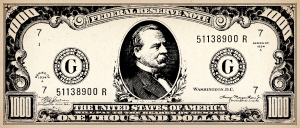By Amanda Smyth Connor

I’ve lost track of how many times I’ve discussed the importance of branding yourself and marketing yourself as a means to growing your freelance business, but I really can’t stress this concept enough.
As a freelancer, you are your own business. You are the CEO, the administrative assistant, the Senior VP of Marketing….janitor… Basically, you can’t just produce a great product without covering all aspects of running a business, and my favorite part of running a business is in branding and marketing myself.
With regard to making yourself into a “brand,” the more high-quality exposure you have, the more recognizable your name will become as an authority in your industry.
1. Do you have a professional blog? Are you maintaining it regularly (2-5 times per week)?
2. Do you optimize your blog with good keywords so that Google knows what kind information you’re offering, thus helping others find your site more easily?
3. Do you Tweet often (at least 4 times per day?) and do you maintain a professional Facebook page for yourself/your business that you also update regularly (once a day)? Do you use these social media sites responsibly to establish credibility for yourself?
4. Have you joined several networking groups within your industry (starting with those found on LinkedIn)?
In order to start your magical journey into the world of self-branding, your answers to the questions above need to be a resounding “yes.”
Amanda Smyth Connor is a social media manager for a major publishing company, owns her own wedding planning business and has managed online communities and content development for many start-up and Fortune 500 companies. She has been a professional editor for more years than she can remember.

 By Jake Poinier
By Jake Poinier